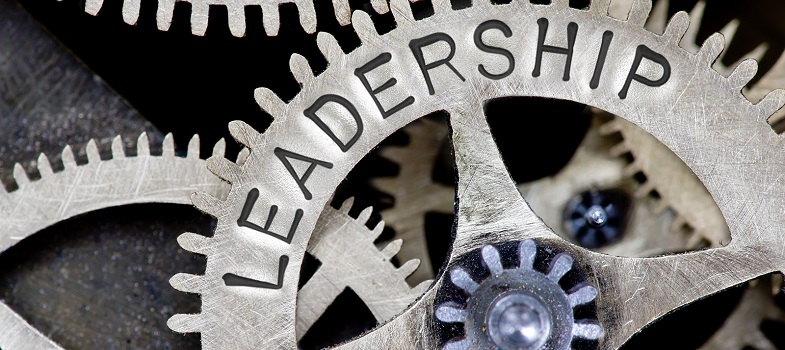Unit 1: Leadership skills required for safeguarding
1.10 Equality, diversity and inclusion – questioning stereotypes
“At its core, SEAH is borne out of power imbalances. These power imbalances are caused by deeply entrenched systemic issues such as racism, sexism, colonialism, xenophobia, homophobia, and religious hatred, among others. Compliance measures to address SEAH are done in vain if they don’t simultaneously address these systemic issues.”
Source: InterAction CEO PSHEA pledge: 3-year update (2021)
Enhancing equality, diversity and inclusion (EDI) in an organisation does require challenging stereotypes and ensuring that people who represent different race, age, gender, sexuality and disability categories are represented in (senior) management with decision-making authority.
In New Study On Women In Leadership (Brower 2021), the author makes the point that the use of language is powerful in reinforcing attitudes and prejudices. Language we use may not be explicitly offensive but rather insidious and normalised. It is the role of leaders to consider how this works in an organisation and take the lead in giving the message that certain terminology is not acceptable. While this is true of all organisations it is particularly pertinent when we are thinking about safeguarding where gender is a fundamental dynamic in sexual abuse and harassment.
It is also worth challenging ourselves about whether we are allowing assumptions about leadership to work in favour of men. For example, it has been questioned by some whether ‘confidence’ – a trait more often observed in men – is more highly valued in recruitment and promotion, assuming (mistakenly) that it equates to ‘competence’ (Chamorro-Premuzic, 2013). As with other issues, such biases may be unconscious, which makes it particularly important that all our attitudes are held up for critical scrutiny.
While we have focused on gender here, this of course not the only issue in terms of representation in organisational hierarchies. You may remember from the learning surrounding the Global evidence review in that racial balance was also cited as important in relation to safeguarding:
“A number of sources highlight promoting diversity among leadership as an effective approach to addressing SEAH. The evidence identified placed a particular emphasis on the importance of gender and racial balance among senior leadership.” (Feather et al, 2021)
|
Activity 1.4 Women in leadership Now read Tracy Brower’s article New Study On Women In Leadership which highlights some of these stereotypes regarding appointing women in management and consider the question below:
|
There are many other power imbalances that would be at least in part addressed by issues of representation such as the numbers of international staff from the global south at senior levels. The importance of EDI in developing an organisational safeguarding culture and other barriers to achieving it such as racism will be a topic in Unit 2.
